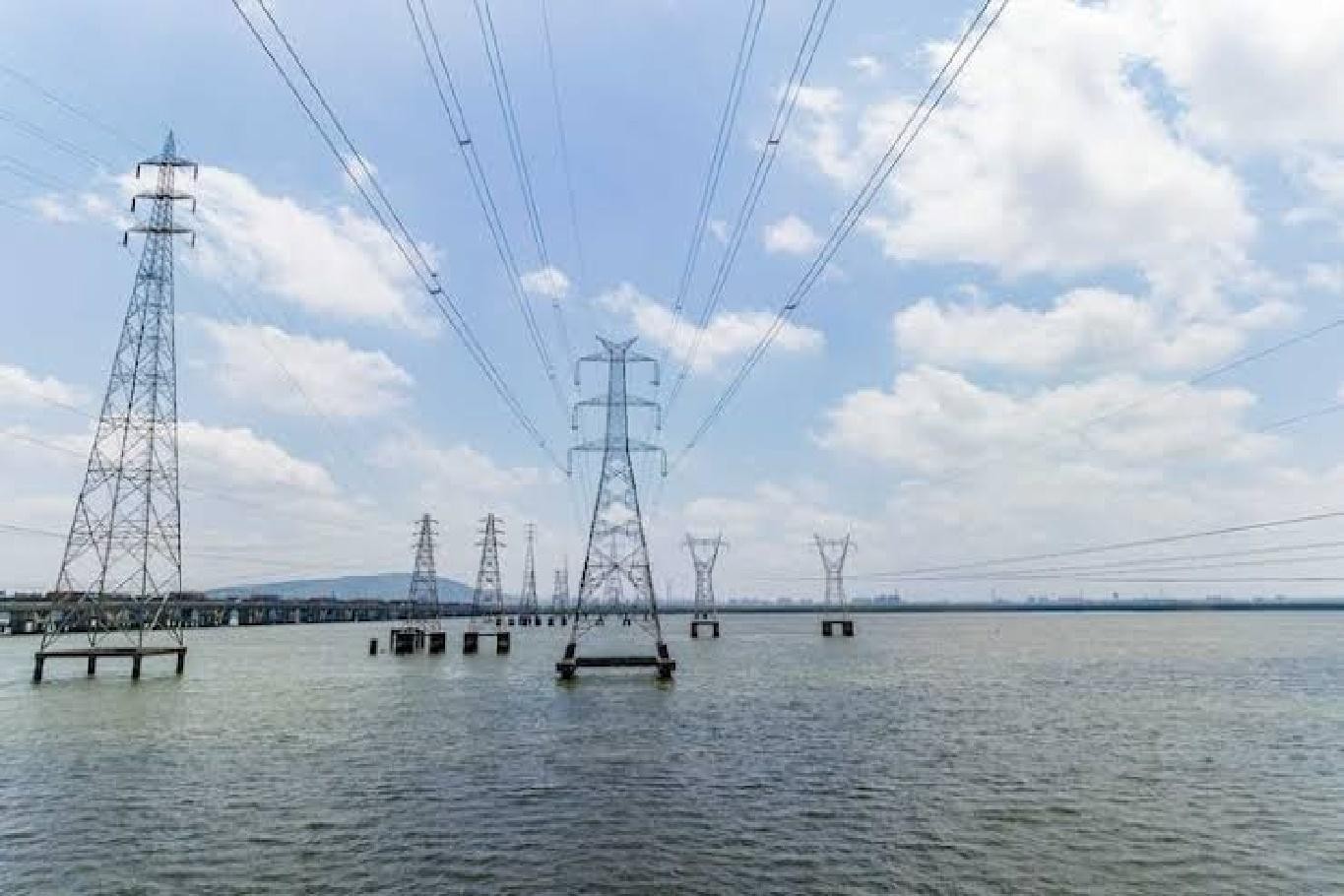
India is expected to witness a robust growth of 9.3% in power generation, reaching 1,900 billion kilowatt hours (kWh) by March 2025, as projected by the internal federal power ministry. This acceleration, the swiftest since at least 2011-12, is attributed to intense heatwaves and a rebound in the economy, resulting in an average annual increase of around 8% in electricity production post the pandemic slump in 2020-21.
The surge in power generation is anticipated to be primarily driven by fossil fuel-fired plants, constituting over 76% of the total output for the second consecutive year. Coal-fired power output is expected to grow by 8.9%, surpassing the growth in renewable energy production. Meanwhile, natural gas-fired electricity generation is projected to increase by 10.5%. However, India’s renewable energy output, encompassing solar, wind, hydro, and biomass, is predicted to experience a comparatively modest growth of 8.2% in 2024-25, marking its slowest rise in four years.
Despite efforts to enhance renewable capacity, India falls short of its 2022 target of adding 175 GW to the grid, leading to increased dependence on coal and complicating decarbonization endeavors. Nevertheless, hydropower output is expected to rebound by 10.3% this year, following a sharp decline in the previous fiscal. The forecast of an above-average monsoon in 2024 is poised to bolster India’s hydropower prospects, with the monsoon playing a crucial role in the country’s annual rainfall and reservoir replenishment, which is vital for electricity generation.












